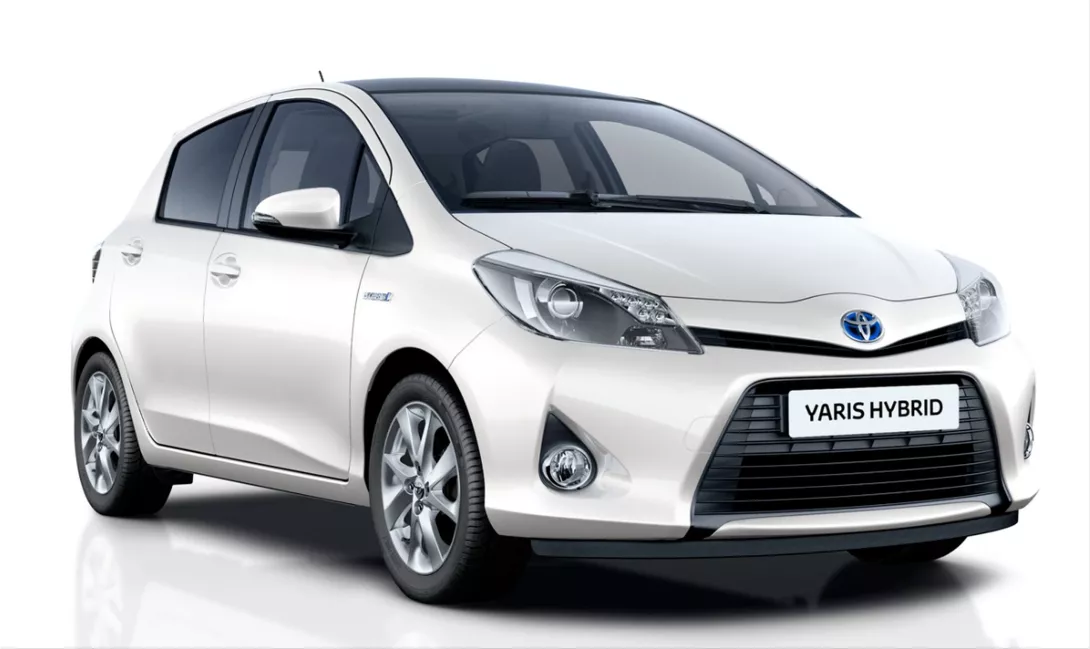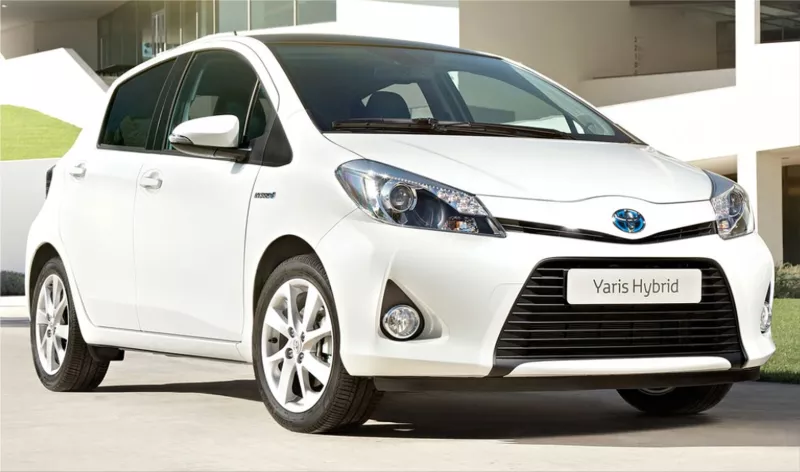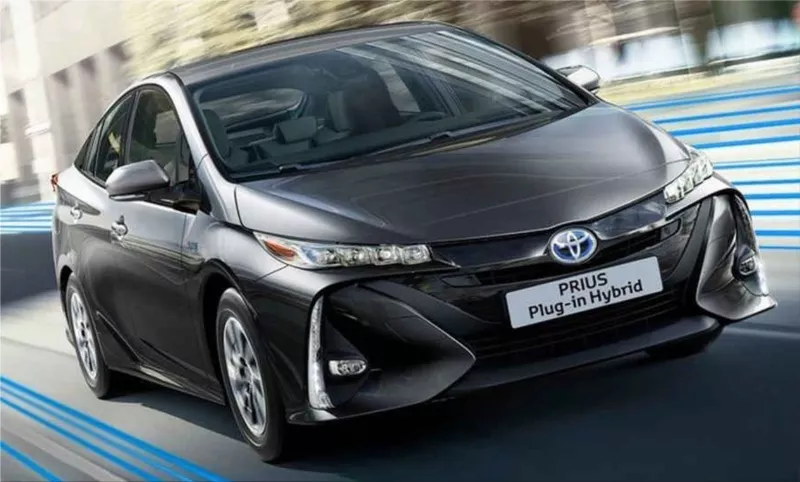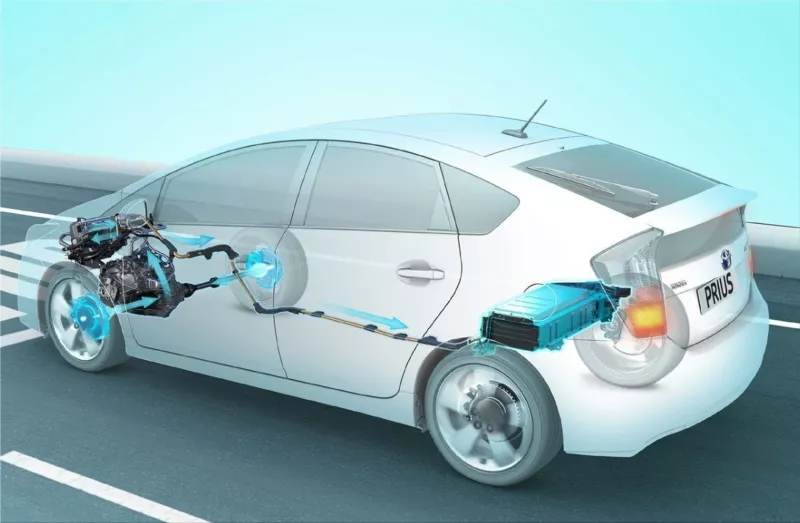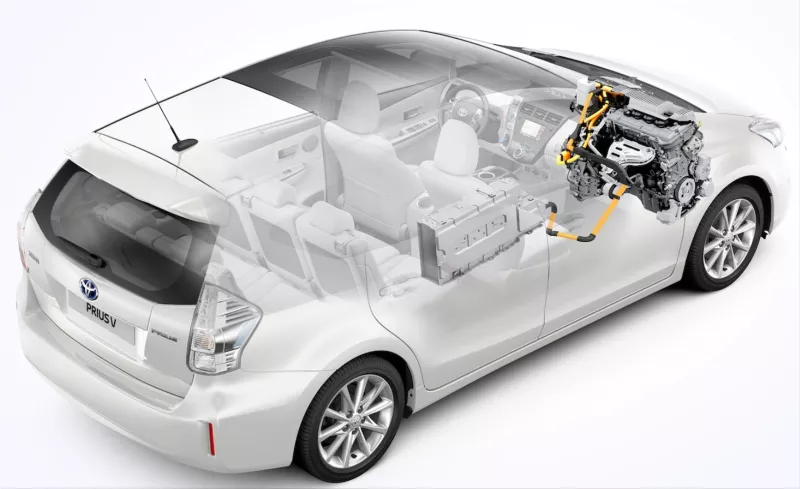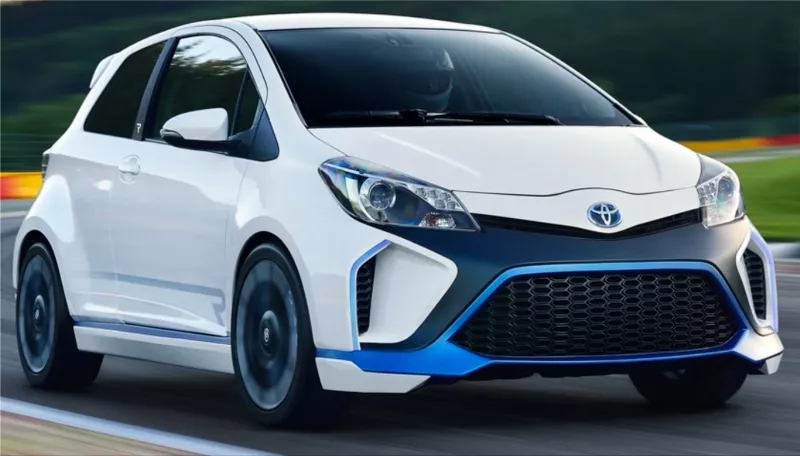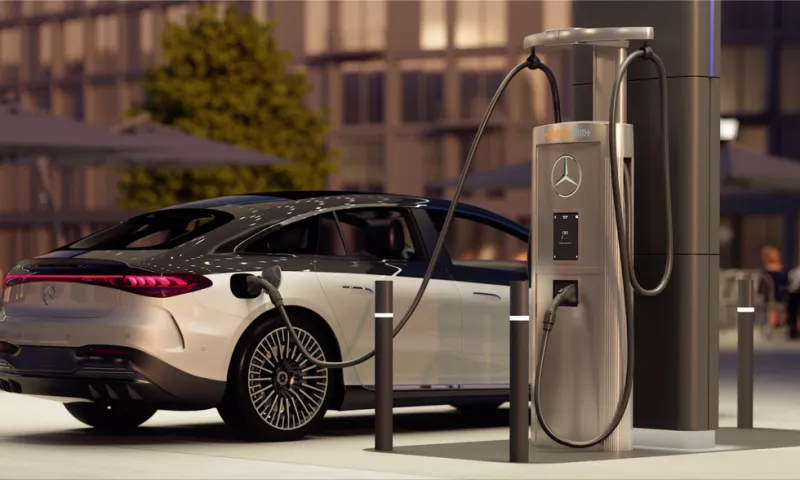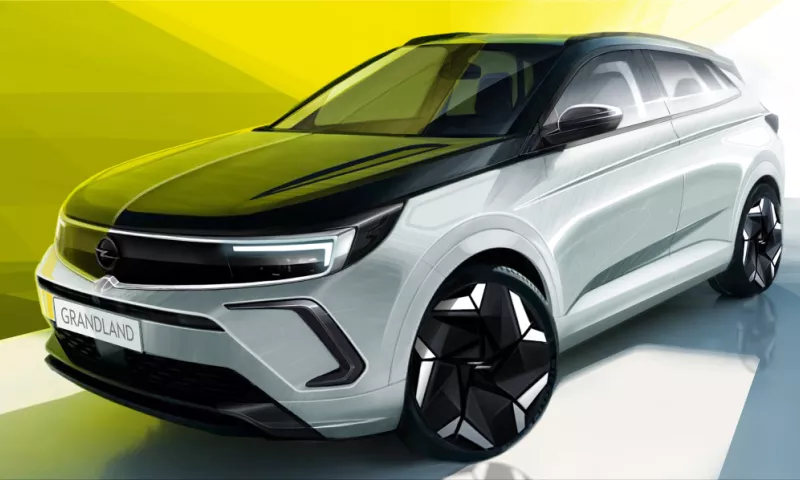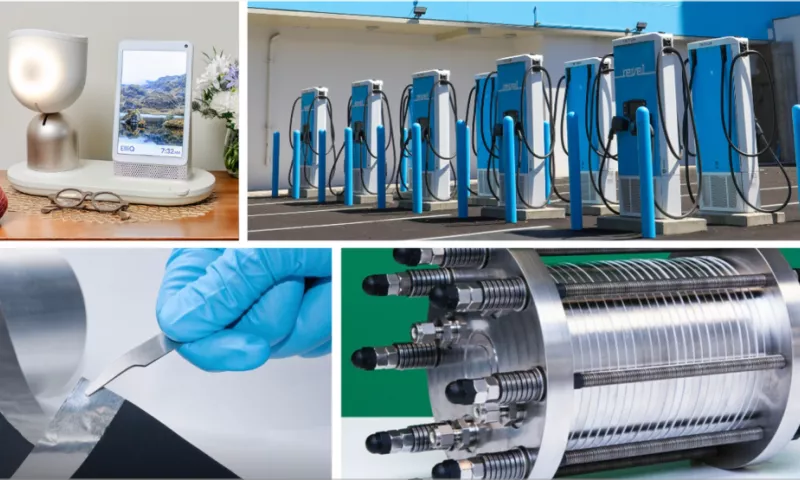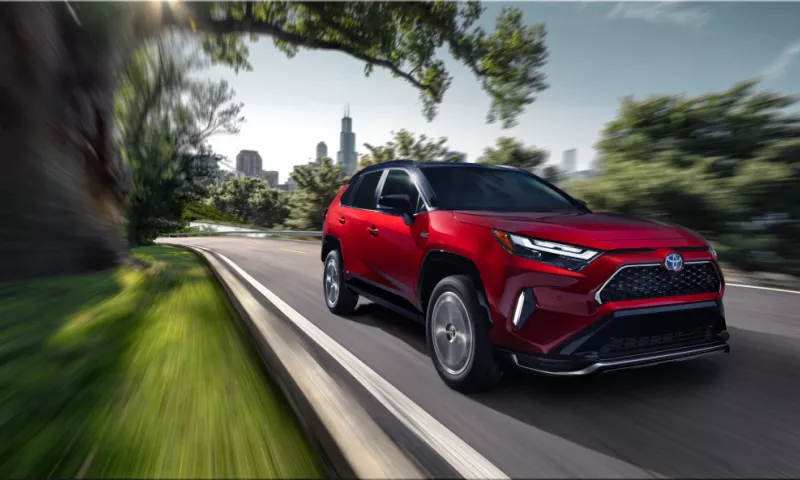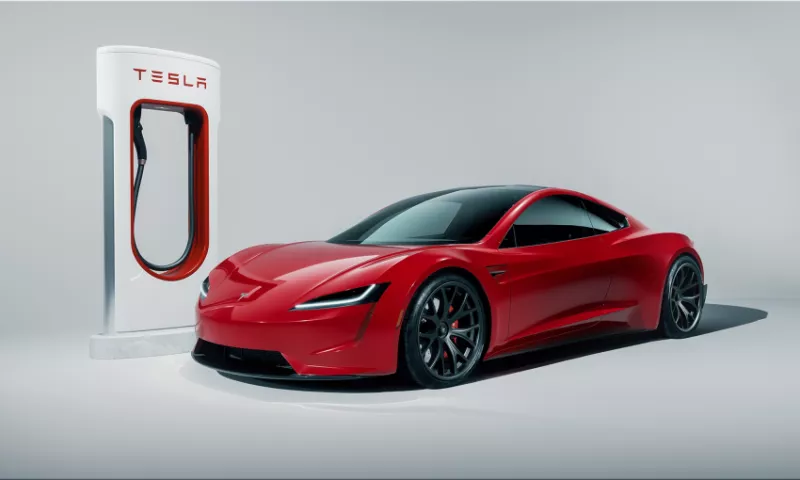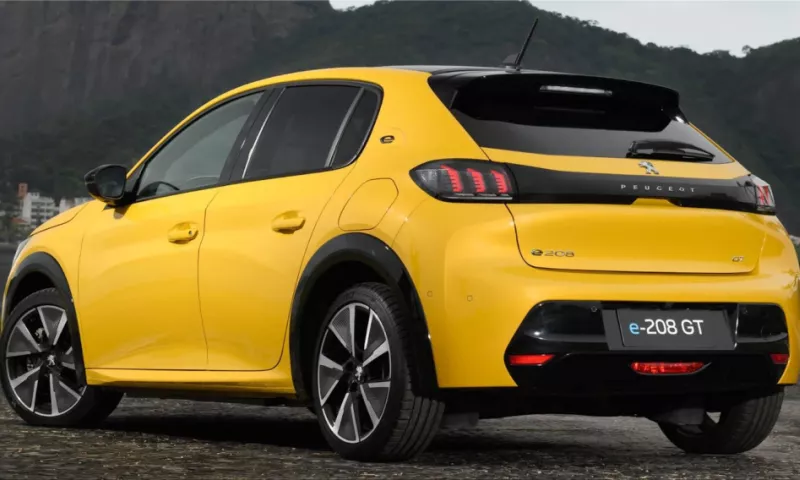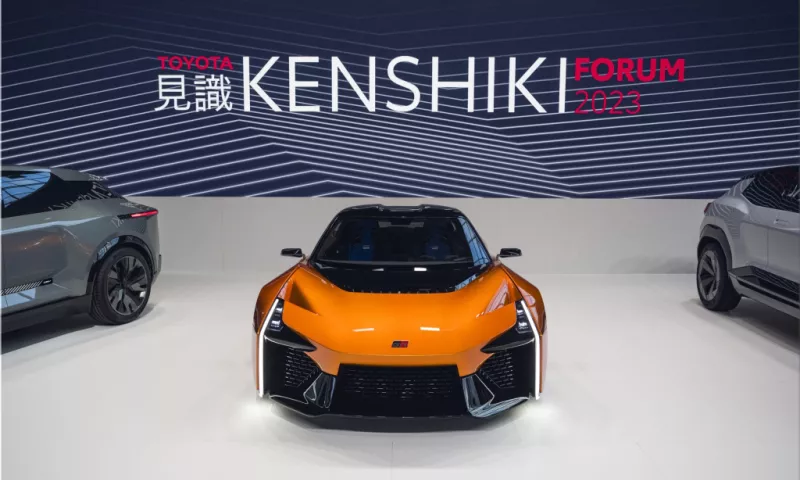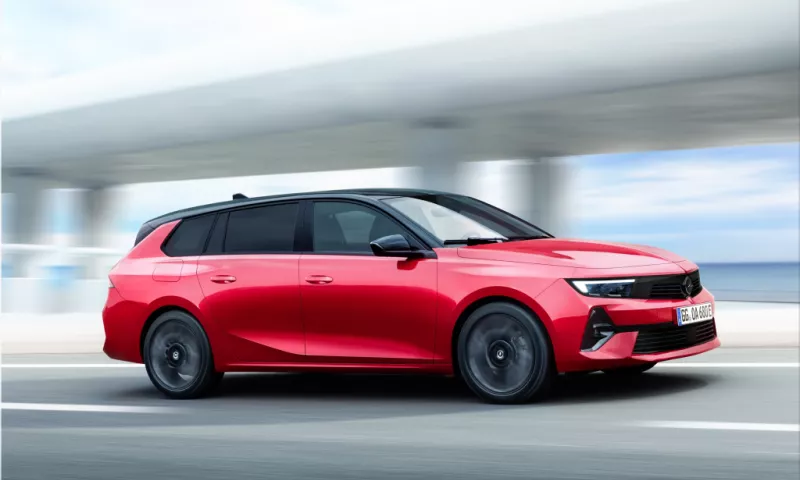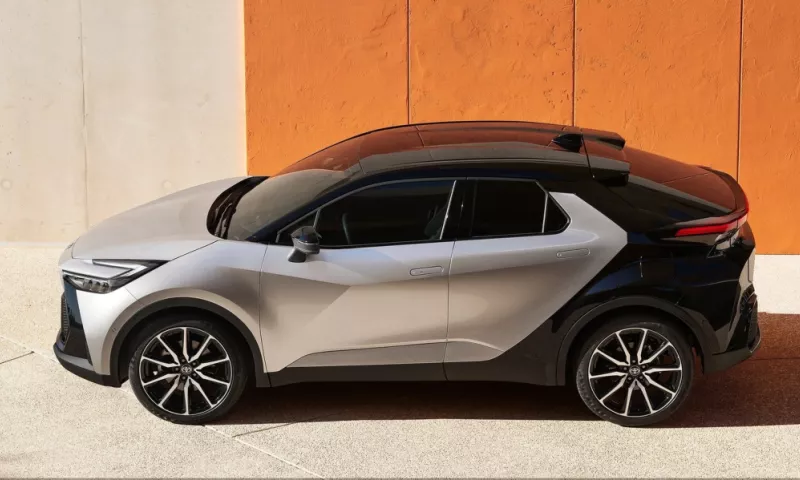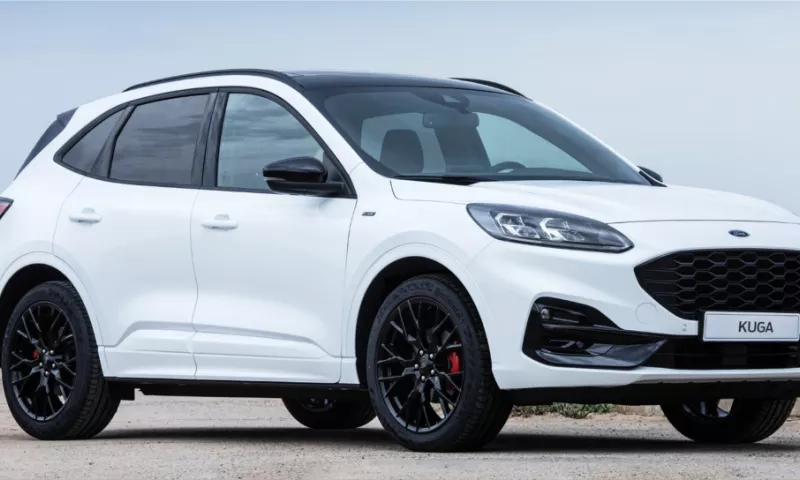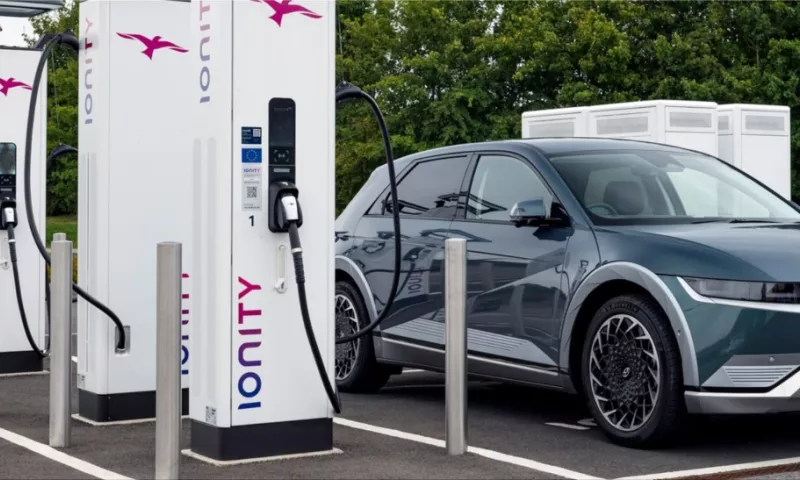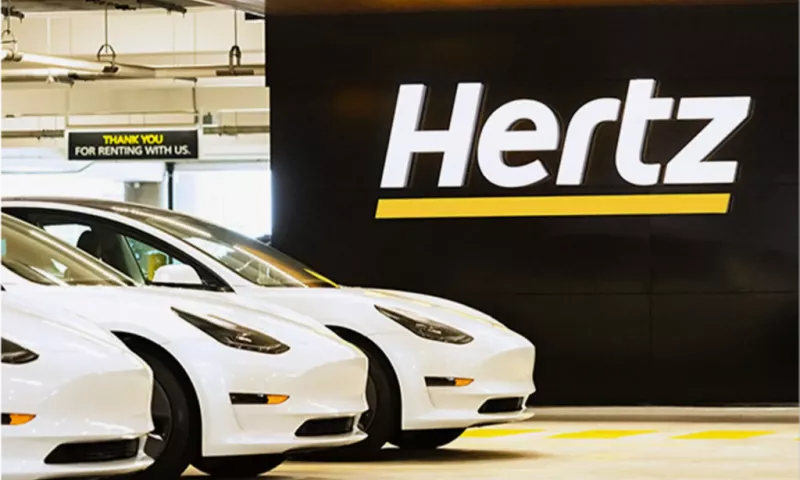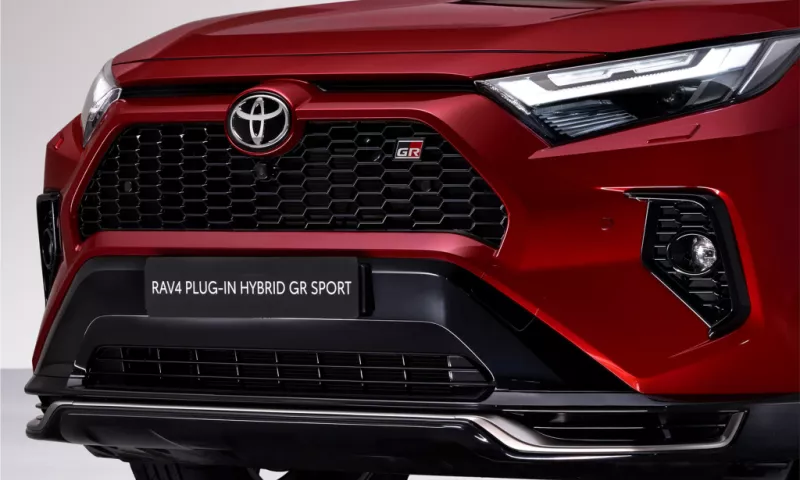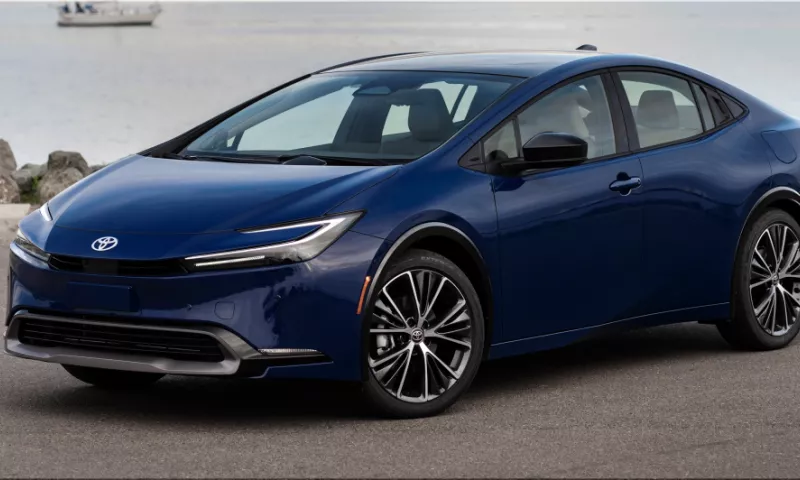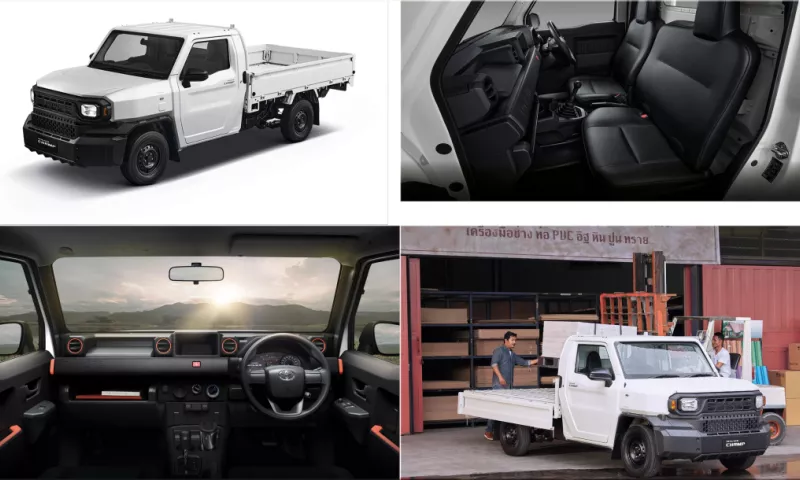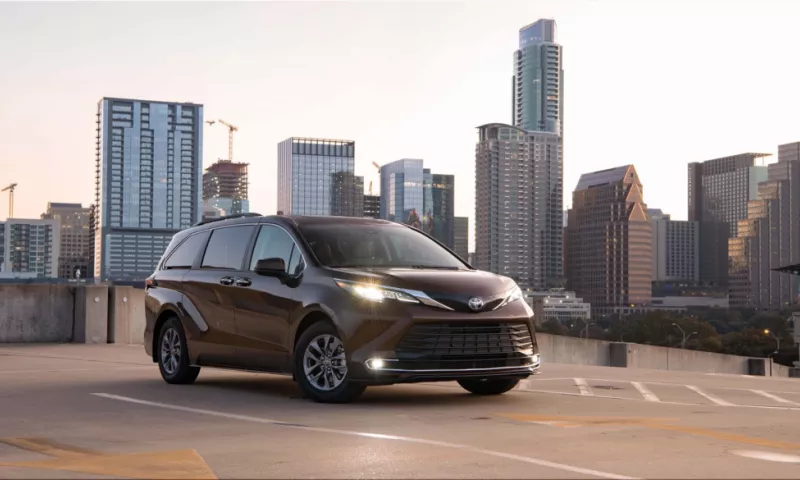The market for electric cars is exploding, and several automakers plan to start selling electric vehicles within the next few years, at least in the most critical regions. On the other side, Toyota, the largest carmaker in the world, remains steadfast in its belief that a combination of different types of drivetrains is preferable for the environment. In a presentation, he gave earlier this year at the World Economic Forum in Davos and more recently in Tokyo, the senior scientist for the company, Gil Pratt, verified this information for the audience.
During a media event in Japan, Pratt was quoted as saying, "Time will reveal that our viewpoint is correct," as was cited by Automotive News. No matter what happens, a wide variety of powertrains are utilized in different parts of the world.
Toyota was an early adopter of hybrid drives, and the company now offers most of its vehicles with partial or fully electric propulsion, like the Toyota RAV4 Hybrid Black edition. The firm's vision for the future was to provide support for hydrogen-powered fuel cell electric vehicles in particular, as the company believes these vehicles are superior to battery automobiles for extended road trips. On the other hand, Toyota is also beginning an offensive in this sector because an increasing number of customers desire only battery-powered electric automobiles. On the other hand, Japanese society does not wish to maintain its concentration on this desire.
Gil Pratt made an effort to defend the policy using scientific evidence and numerical data, which received much criticism. He was talking about impending shortages of the element lithium, which is essential to the production of batteries. Constructing as many automobiles as possible from the available raw materials is more efficient. According to Pratt's line of thinking, there is only enough lithium to make a modest hybrid battery, not the big and powerful battery packs required for pure electric vehicles. However, because there is the potential for the electrification of so many cars, the total benefit of lowering CO2 emissions would be greater than if there were a smaller fleet of entirely electric vehicles.
According to Automotive News in Tokyo, Pratt contrasted people's excitement for all-electric vehicles to the faith that people had yesterday in autonomous driving. He added that both attitudes were overly optimistic. In the short term, people tend to exaggerate the effects of new technologies, but in the long run, they tend to underestimate those consequences. Scientist believes that within the next ten years, there will be a bottleneck in the market that will prevent pure electric vehicles from being manufactured in significant numbers. This bottleneck will be caused by a shortage of lithium and a lack of charging infrastructure.
Pratt was confident in his assertion that an emergency would arise. "The passage of time is on our side. These obstacles, not just in terms of battery materials but also in terms of charging infrastructure, will make it clear that there is more than one strategy that is correct and that the optimum option is a mix of several sorts of vehicles.
